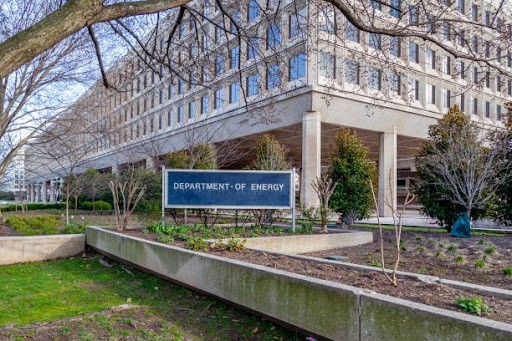How Should the Federation of American Scientists Work With DOE?
The Foundation for Energy Security and Innovation (FESI) “holds tremendous potential” for advancing clean energy legislation says the Federation of American Scientists.
According to the Federation of American Scientists, FESI, authorized in the CHIPS and Science Act of 2022 and appropriated in the FY24 budget, holds a unique place in the clean energy ecosystem. It can convene public-private partnerships and accept non-governmental and philanthropic funding to spur important projects. FESI holds tremendous potential for empowering the DOE mission and accelerating the energy transition.
Through the Friends of FESI Initiative at FAS, we’ve identified a few opportunities for FESI to have some big wins early on – including boosting next-generation geothermal development and supporting pilot stage demonstrations for nascent clean energy technologies. We’ve also written about how important it is for the FESI Board to be ambitious and to think big. It’s important that FESI be intentional and thoughtful about the way that it’s structured and connected to the Department of Energy (DOE). The advantage of an entity like FESI is that it’s independent, non-governmental, and flexible. Therefore, its relationship to DOE must be complementary to DOE’s mission, but not tethered too tightly. FESI should not be bound by the same rules as DOE.
While the board has been organizing itself and selecting a leadership team, we’ve been gathering insights from leaders at other Congressionally-chartered foundations to provide best practices and lessons learned for a young FESI. Below, we make a case for the mutually-beneficial agreement that DOE and FESI should pursue, outline the arrangements that three of FESI’s fellow foundations have with their anchor agencies, and highlight which elements FESI would be wise to incorporate based on existing foundation models. Structuring an effective relationship between FESI and DOE from the start is crucial for ensuring that FESI delivers impact for years to come.
Other Transactions Agreements (OTA)
If FESI is going to continue to receive Congressional appropriations through DOE, which we hope it will, it should be structured from the start in a way that allows it to be as effective as possible while it receives both taxpayer dollars and private support. The legal arrangement between FESI and DOE that most lends itself to supporting these conditions is an Other Transactions (OT) agreement. Congress has granted several agencies, including DOE, the authority to use OTs for research, prototype, and production purposes, and these agreements aren’t bound by the same regulations that government contracts or grants are. FESI and DOE wouldn’t have to reinvent the wheel to design a mutually beneficial OT agreement after looking at other shining examples from other agencies.
Effective Use of an Other Transactions Agreement Between FNIH and NIH
Many consider the gold standard of public-private accomplishment – made possible through an Other Transactions Agreement – to be a partnership first ideated in the early days of the COVID-19 pandemic. Leaders at the National Institute of Health (NIH) and the Foundation for National Institute of Health (FNIH) were faced with an unprecedented need for developing a vaccine on an accelerated timeline. In a matter of weeks, these leaders pulled together a government-industry-academia coalition to coordinate research and clinical testing efforts. The resulting partnership is called ACTIV (Accelerating COVID-19 Therapeutic Interventions and Vaccines) and includes eight U.S. government agencies, 20 biopharmaceutical companies and several nonprofit organizations.
Like the COVID-19 pandemic, climate change is a global crisis. Expedited energy research, commercialization, and deployment efforts require cohesive collaboration between government and the private sector. Other Transactions consortia like ACTIV pool together the funding to support some of the brightest minds in the field, in alignment with the national agenda, and return discoveries to the public domain. Pursuing an OT agreement allowed the FNIH and NIH to act swiftly and at the scale required to begin to tackle the task of developing a life-saving vaccine.




